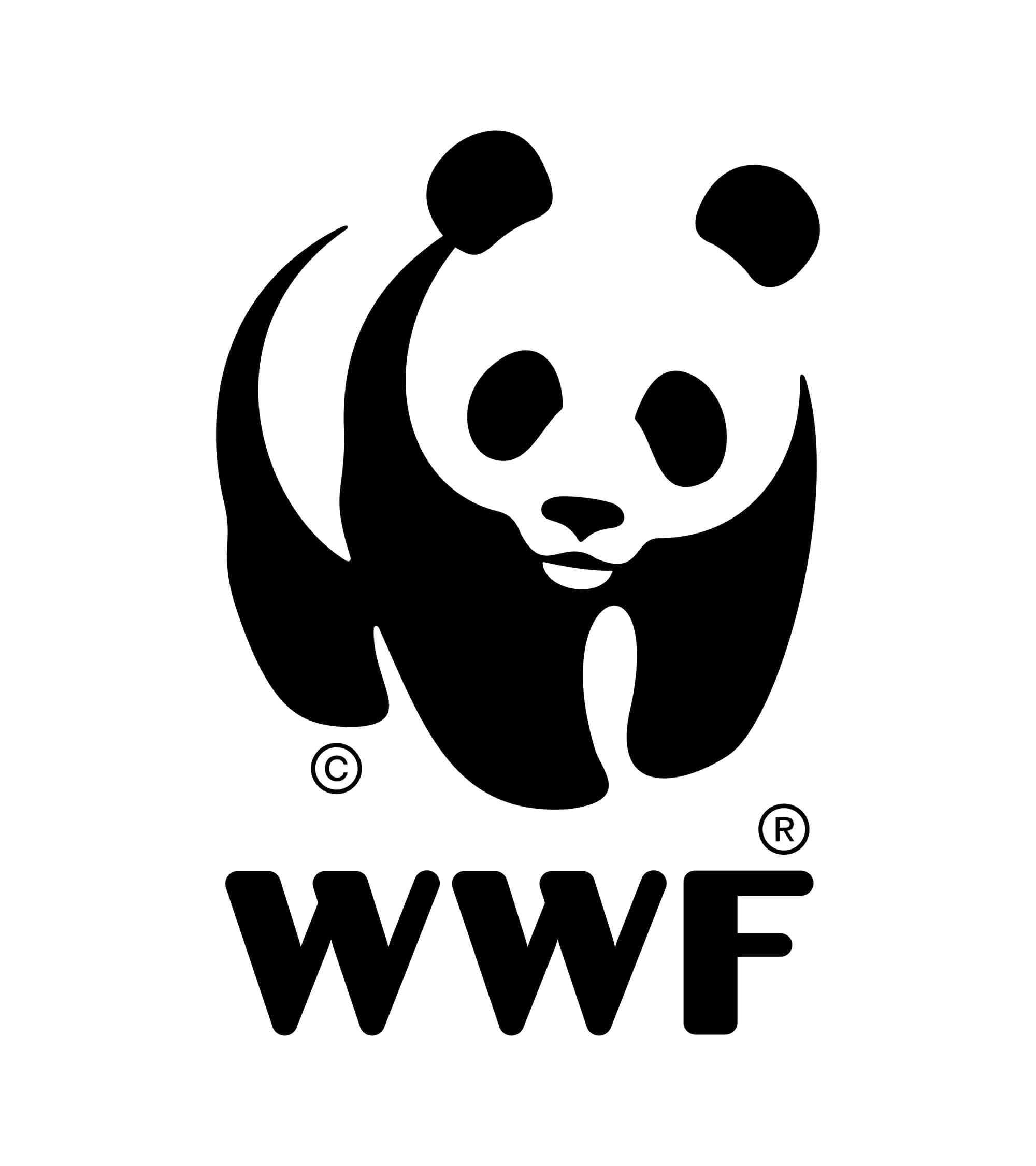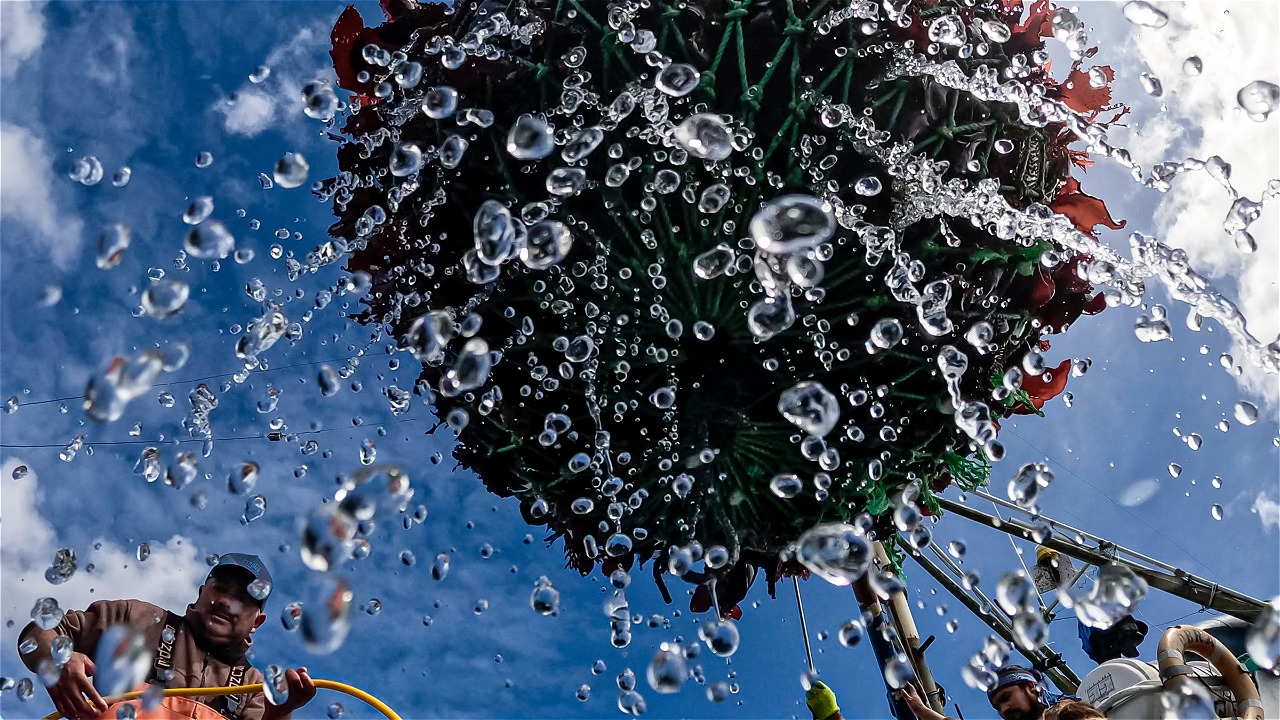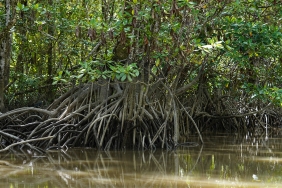SUSTAINABLE FISHERIES REQUIRE ACCURATE DATA SUPPORT
by Abdullah Habibi
Chairman of the National Commission on Fish Stock Assessment (Komnas Kajiskan), Dr. Purwito Martosubroto, expressed the need for the best scientific data and information availability so that the overview of the level of exploitation of Indonesian fish resources can be well illustrated to support fisheries management. In order to deal with the existing data limitation, Komnas Kajiskan creates the profiles of stock condition and the exploitation level of fishery types in the Decree of the Minister of Marine Affairs and Fisheries No. 45 of 2011. The profiles are described in the form of the fish types (e.g. shrimp, demersal, small pelagic organism) which status is presented in the form of “traffic light” (green, yellow, and red illustration) to provide information to policy makers; currently, almost two-thirds of the current status of exploitation is at yellow (fully exploited) and red (over exploited).
To date, Indonesia’s by-catch fishery policy refers to the concept of Maximum Sustainable Yield (MSY) or “maximum sustainable catch” developed by Schaefer in the 1950’s by using the analysis method of effort data or “efforts and catch results,” but recent studies show that the concept of MSY is proven ineffective as a fisheries management tool, not only in Indonesia, but also in a variety of fisheries in the world (Mous et all, 2005). Especially for Indonesia with the fisheries characteristics of ‘multi-tools’ and ‘multi-species’, the collection of data by this method requires a very extensive sample and takes a long time. It also requires no small amount of human resources. It is almost impossible, or at least very expensive to obtain data that meet the quality and can be used to estimate the MSY (Widodo, Wiadnyana & Nugroho, 2003).
With all the limitations of the government, the information on fisheries stock can only by presented as recommended by the Commission in accordance with the above decision. Unfortunately, the illustration is not too accurate in providing information on how much the stock is and the amount of the stock that can be utilized based on the categories for each fish species to ensure the sustainability of these species. At the same time, although there is no solid scientific data to support fisheries management, the government still allows the addition of fishing fleets. This addition is of course endangering the fish stocks in the wild, which are mostly already on the condition of fully exploited and over exploited.
To ensure the fish stocks in the wild are not depleted and can contribute to food security in Indonesia, the determination of the amount of allowable catch based on the fish types should be applied immediately. The lack of accurate and usable fisheries statistic data as the basis for policy making, as expected from the MSY method, cannot be used as a reason to ignore the determination of the amount of allowable catch based on the fish types. Currently, there are quite many methods developed by scientists in the fisheries field, which are specifically adapted for use in fisheries with limited data; for example, extrapolation method, life-history vulnerability analysis, and sequential trend analysis (population or length-based index, per-recruit, environmental proxies) to supply information on how much the fish stock is and the amount of fish that can be utilized.
The illustration resulted from the analysis of fisheries with these limited data provides preliminary information for fisheries management. While collecting the fisheries data with a better method, the analysis results of fisheries with limited data must be strengthened with the precautionary approach and be used as a basis to determine the amount of allowable catch for type-based fisheries. The arrangement of catchments based on the fish types is very important, considering that each fish has different biological characteristics (age, level of gonad maturity, reproductive ability) and requires specific interventions for each fish. This method is conducted to ensure that the fish in the Indonesia’s waters can be managed and caught in sustainable manner.
WWF-Indonesia fisheries program have set up a line of program aiming to achieve sustainable fisheries, which include:
- Introduction and promotion of the Tuna fisheries Ecosystem Based Management (Tuna fishery-EBM) by 2012.
- Composing Better practices of Tuna and Reef Food Fish (RFF) fisheries for fishing and handling, aquaculture, which will also be able to drive the creation of fair business within its business chain of custody by 2013.
- Widening campaign on seafood guideline to consumers (e.g. individual, restaurants, hotels, major retailers) in 5 big cities by 2009.
This achievements and yet also challenges have been recognized by the support of USAID-CTSP, WWF-Netherland, WWF-Denmark, WWF-US, DANIDA (Danish International Development Agency), Packard Foundation, Crown Foundation, AAGE Foundataion, Oak Foundation, Oxfam Novib.
Abdullah Habibi, Coordinator of By-cath Fisheries, WWF-Indonesia Marine & Fisheries Program, ahabibi@wwf.or.id





